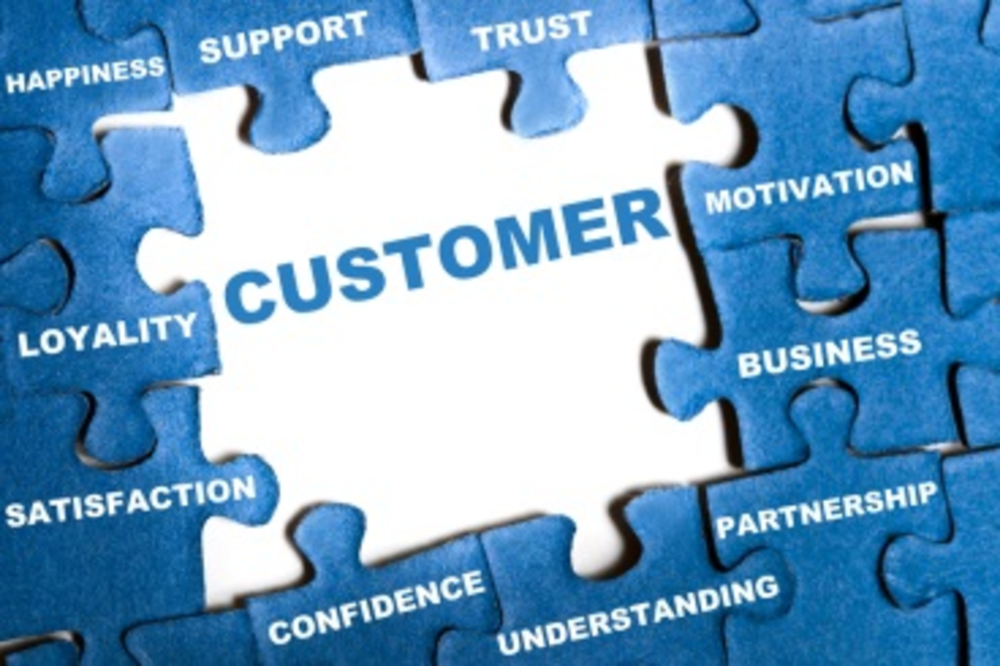Overall customer satisfaction with airlines and restaurants improve, while hotels remain stable according to the June 2013 American Customer Satisfaction Index (ACSI) report. Although customer satisfaction with airlines improved from 2012, the air travel industry is still one of the lowest ranked industries among those surveyed for the report. The good news is that overall airline satisfaction gained 3% from last year, the highest level it’s been since 1996. The bad news is that it is still ranked only slightly above subscription television and Internet service providers.
For the second year, JetBlue ranked the highest with an 83 score on ACSI’s 100-point scale. United ranked the lowest with a 62 score, a 0% change from this period last year. Customers gave high rankings to airlines for check-in processes and ease of making reservations, both with an 82 score, baggage handling, 80, and the courtesy and helpfulness of flight crews, 81. Customers ranked quality of in-flight services, such as the food, beverage service, movies, and music, low with a 68 score, and seat comfort with an abysmal 63.
“What we’re seeing is improvement in the ways of quality perceptions,” says Forrest Morgeson, director of research at ACSI. “That’s usually the way companies are able to improve, and improve the quality of products they’re delivering.”
Hotels received a 0% change from 2012, remaining at its highest ranking to date with a 77 score. Marriott bumped Hilton for the top position with an 82 score, an increase of 5%. Customers took into account ease of check-in processes, ease of making reservations, and quality of service among a variety of factors.
“Marriott made a big jump up in quality this year and that’s what driving satisfaction,” says Morgeson. “What you’ll often see improve in satisfaction are improvements of customer perception of value. Companies that get increases in satisfaction due to changes in prices are unable to maintain those levels of satisfaction. That’s good news for [Marriott’s] satisfaction. It’s a result of real improvement for Marriott in quality rather than manipulation of prices.”
As for the food industry, full-service dining increased 1.3% to 81 and fast fast-food dining remained at 80. One notable shift is Starbucks’s jump of 5% which puts the coffee company on equal level with lower-price rival Dunkin’ Donuts at 80, which increased by 1%.
Morgeson stresses the importance of customer perception of a product to drive customer satisfaction. “Customer loyalty is what we’re really interested here,” says Morgeson. “[Product perception] is the primary driver of customer loyalty. It’s about winning more loyal customers, and customers who not only return but also spend more with that company.”








